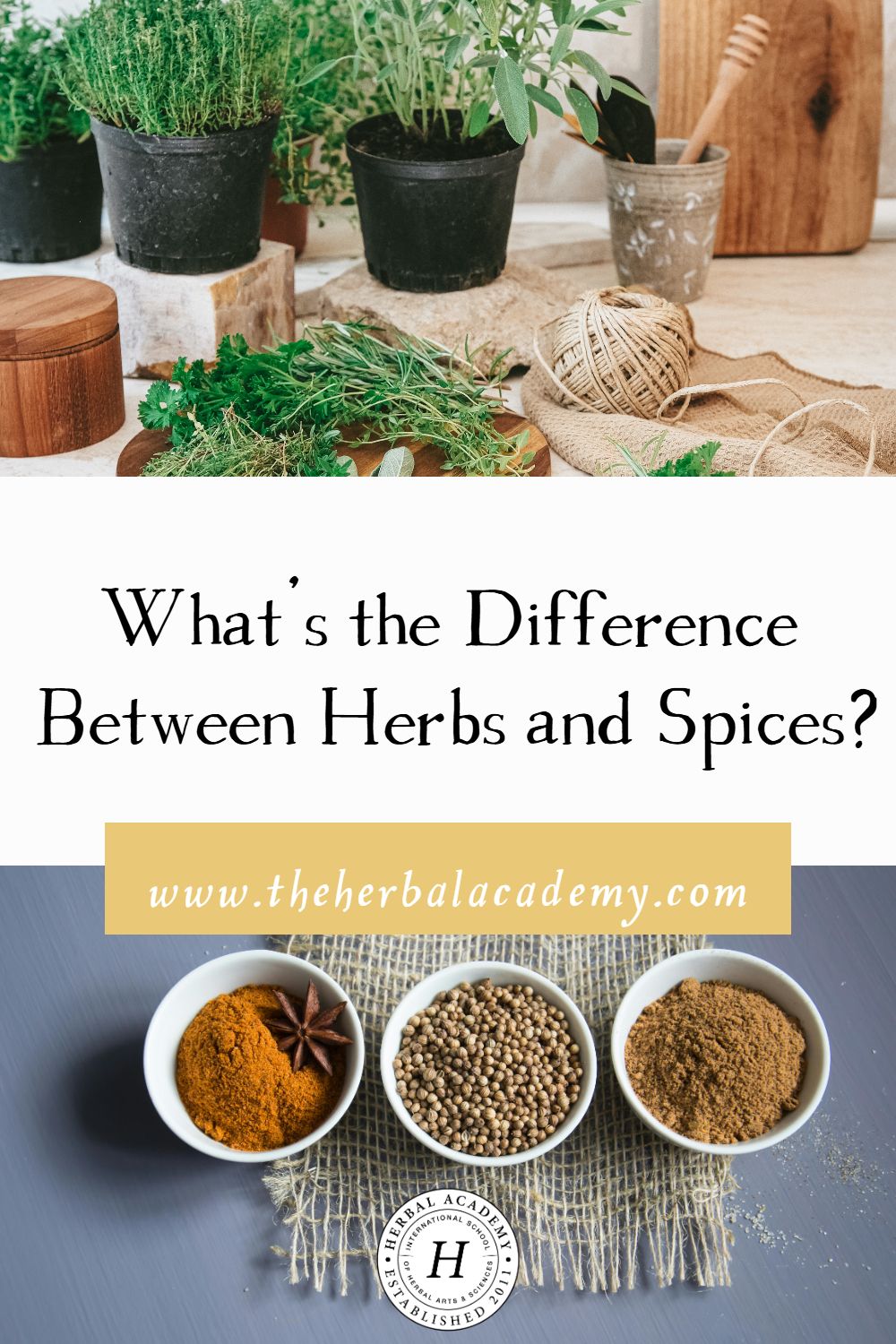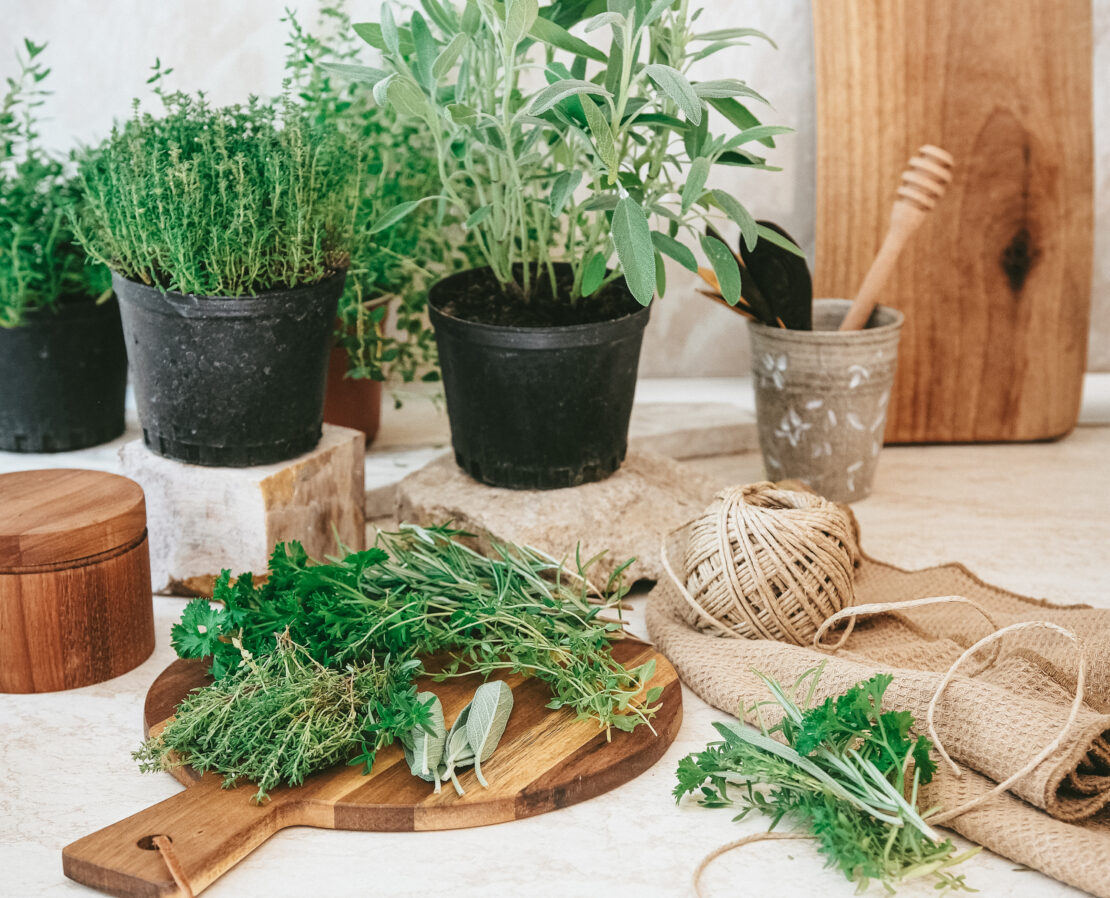
What’s the Difference Between Herbs and Spices?
Food and beneficial herbs and spices are deeply intertwined with each other – so much so that one can often be misunderstood as another. However, knowing the difference between an herb and a spice is important for both culinary enthusiasts and herbalists especially when studying plants and working with them in the kitchen or home apothecary.
Although the terms “herb” and “spice” are used interchangeably (knowingly or or mistakenly), they are very different in the culinary world and how we reference them in our herbal studies. The biggest similarity of an herb and a spice is that both come from a plant, of course! But how are they different?
How are Herbs and Spices Different?
Herbal Academy lead instructor Felicia Cocotzin Ruiz is a curandera, author, Indigenous foods activist, chef and former restaurant owner. In the inspiring Kitchen Herbalism Intensive in The Herbarium, Felicia invites us into her herbal kitchen to learn about the herb-forward dishes she creates to make delicious food, keep people well, support various health conditions, and keep herbs and spices front and center on a daily basis.
Join Felicia in a short video excerpt of Session 1 of the intensive as she discusses the difference between an herb and a spice!
As Lead Herbalist Instructor Felicia Ruiz explains, herbs and spices are made from different sections of plants and processed in different ways.
An herb is the often green, leafy part of the plant. They are often used fresh or dried to enhance flavors and provide health benefits. Examples of herbs are basil, rosemary, sage, thyme, parsley, mint, and oregano.
On the other hand, spices come from other parts of the plant, such as seeds, roots, bark, or fruits. They are usually dried and ground. Examples of spices include cinnamon, ginger, star anise, turmeric, and black pepper.
While both herbs and spices add depth and complexity to dishes, their distinct origins and uses highlight the diverse ways plants contribute to our culinary and herbalist practices.
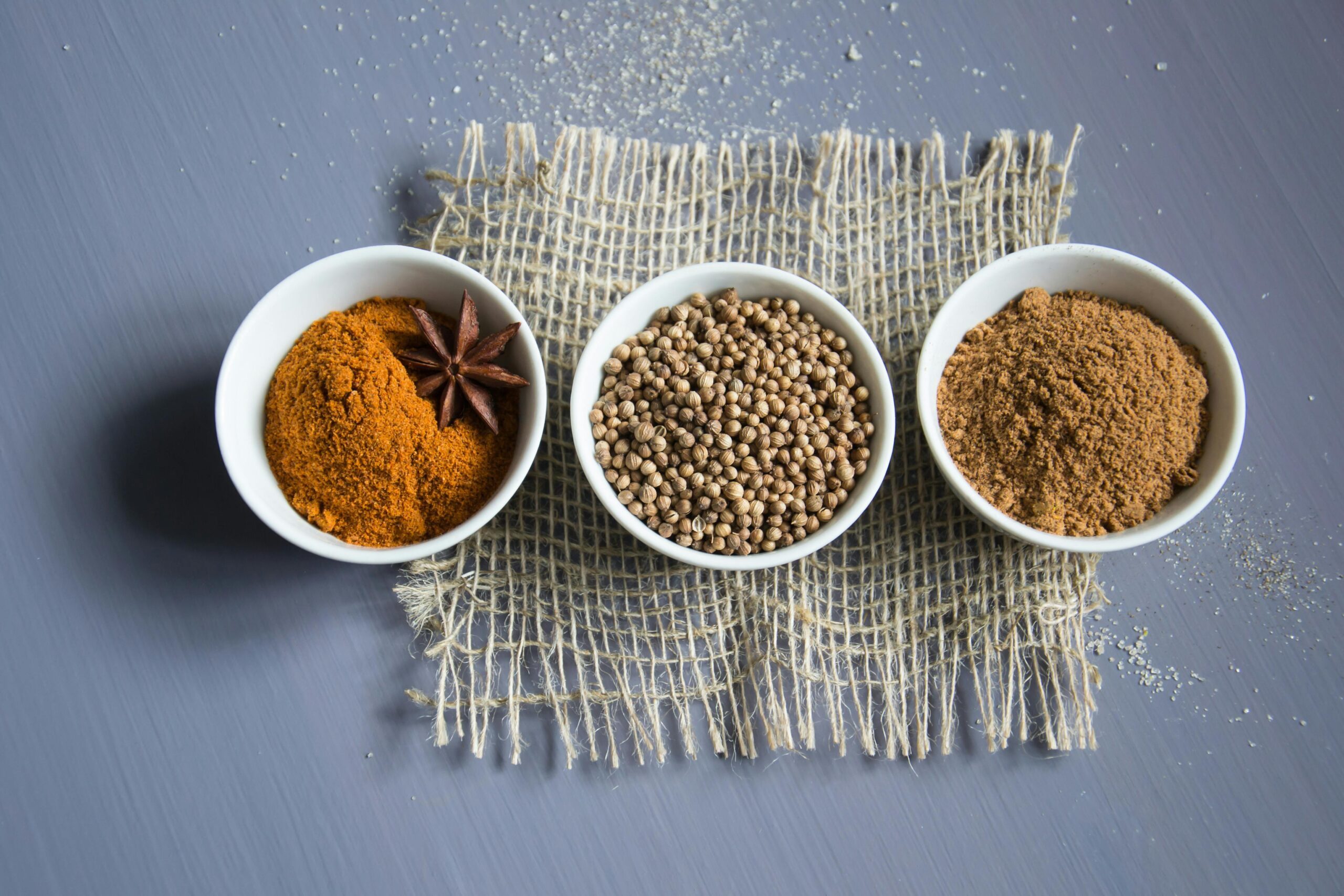
Using Herbs and Spices in Kitchen Herbalism
As herbalists, we naturally gravitate towards the kitchen, harnessing the benefits of herbs and spices when preparing teas or syrups or any of the herbal preparations we employ in our herbal toolkits. Through countless generations, the kitchen has also long been a place to be an herbalist through the culinary use of herbs and spices in the preparation of meals, day in and day out, across cultures worldwide. We can use our knowledge of herbs and their benefits in our cooking to elevate both the flavor and the health-supporting potential of the dishes we prepare.
We invite you to explore kitchen herbalism in our newest two-session intensive, featuring plenty of hands-on video to bring the three featured recipes to life. Think of it like your favorite cooking show, herbalist edition! 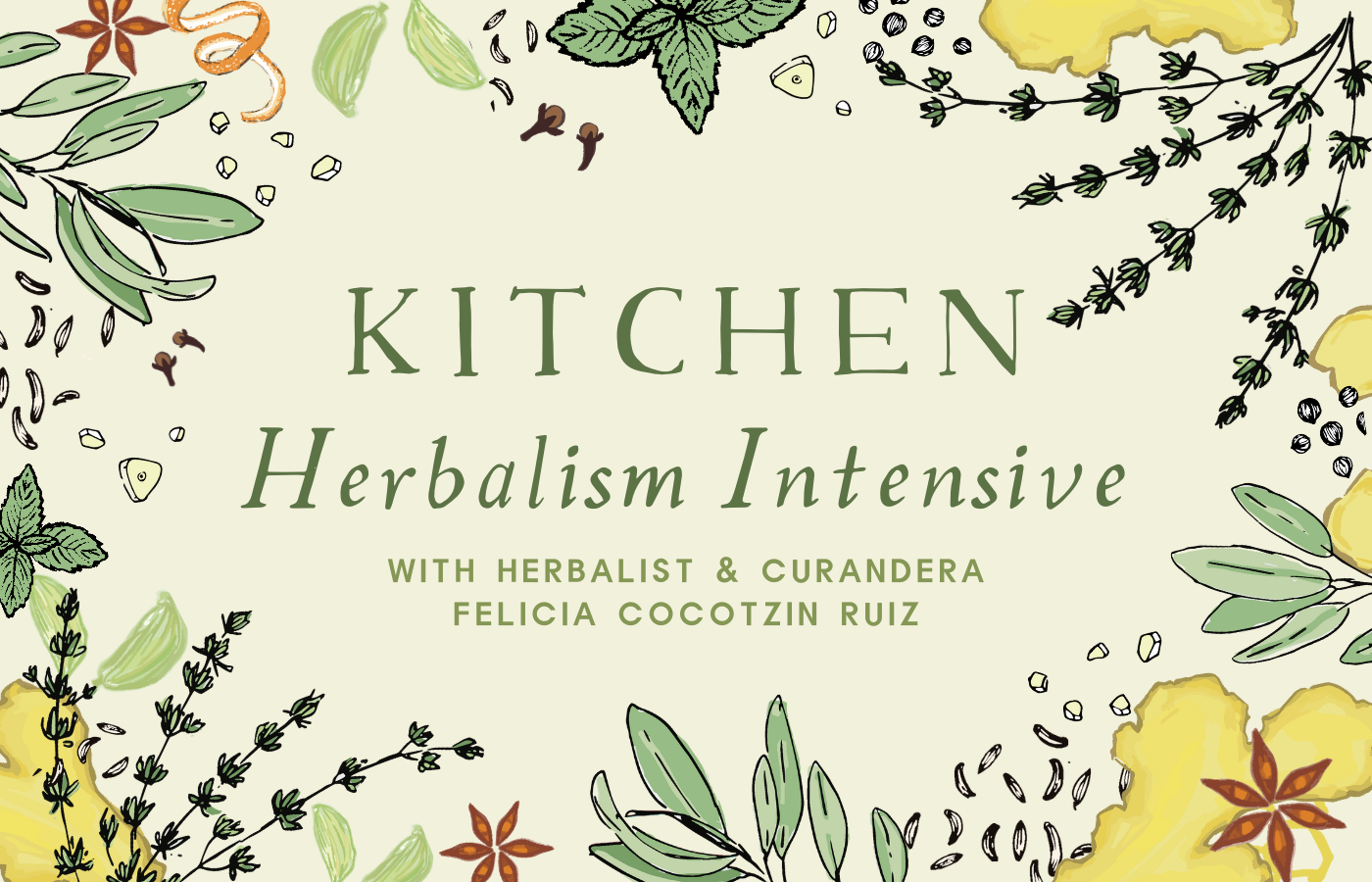
Session 1: An Introduction to Kitchen Herbalism
Explores the how and why of incredibly beneficial everyday food-herbs. What exactly is kitchen herbalism? How is a classic French bouquet garni of herbs prepared? How can daily dishes be elevated by incorporating anti-inflammatory, antioxidant herbs that promote general health? In this video-based session, Felicia Ruiz brings us into her home kitchen and dives deeply into the nuances between foods and herbs, herbs and spices, and the specific benefits of herbal cooking.
Session 2: Cooking with Herbs: Flavor and Wellness
Through text and a trio of recipe videos, Felicia presents several of her favorite healthful and mouthwatering creations. There’s something to please every palate: her Egyptian mint-lemonade represents a regional and ancestral spin on a traditional summertime beverage. Herb-infused marinated olives take these delicious fruits to a whole new level of flavor and tang. Finally, the turmeric tahini sauce integrates a powerful anti-inflammatory herb into an everyday condiment that can be used in a variety of dishes.
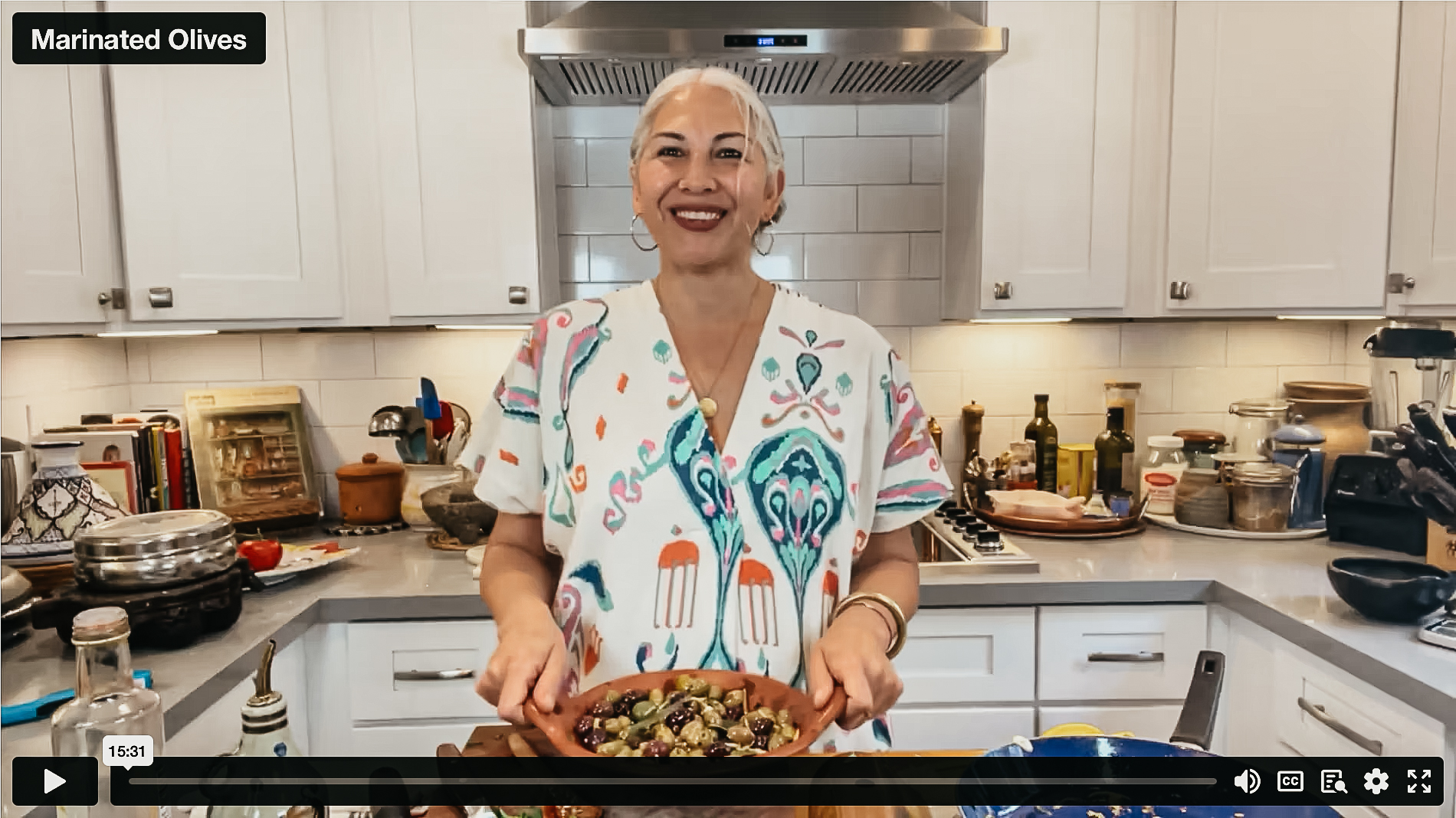
“I see my kitchen as a place to be an herbalist. For many of us that enjoy making our homemade remedies, our homemade herbs, we tend to do that in our kitchen! And sometimes, those two paths cross, and we use our herbal knowledge in our cooking.”
– Felicia Cocotzin Ruiz, instructor of the Kitchen Herbalism Intensive
Would you like to join us for this culinary treat? Get access to the Kitchen Herbalism Intensive with a 3-day trial for only $3 if you’re not already a member of The Herbarium!
The Herbarium is an ever-expanding, illuminating virtual collection of over 200 (and counting!) searchable herbal monographs, topic-specific intensives, and numerous articles, videos, ebooks, and helpful downloadable resources. Members also gain instant access to several other intensives on popular topics, such as the Sustainable Herbalism Intensive and A Holistic Approach to Fertility (and many, many more!). The Herbarium is crafted to help you learn and grow in your herbal journey!
Learn more and sign up for The Herbarium here.
